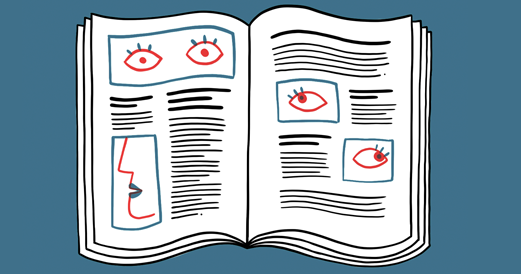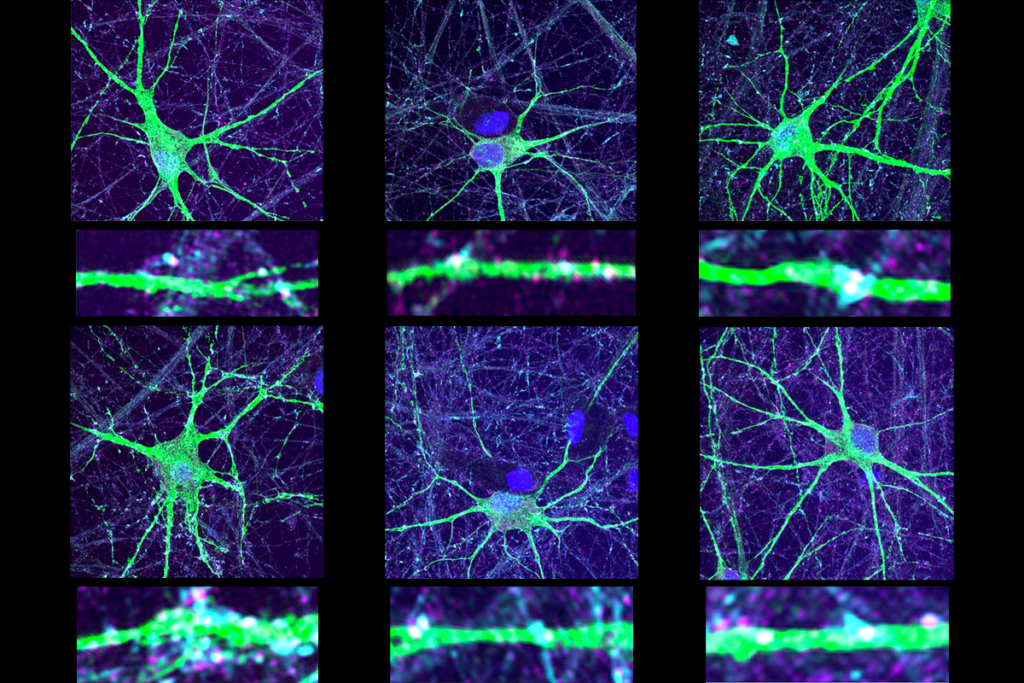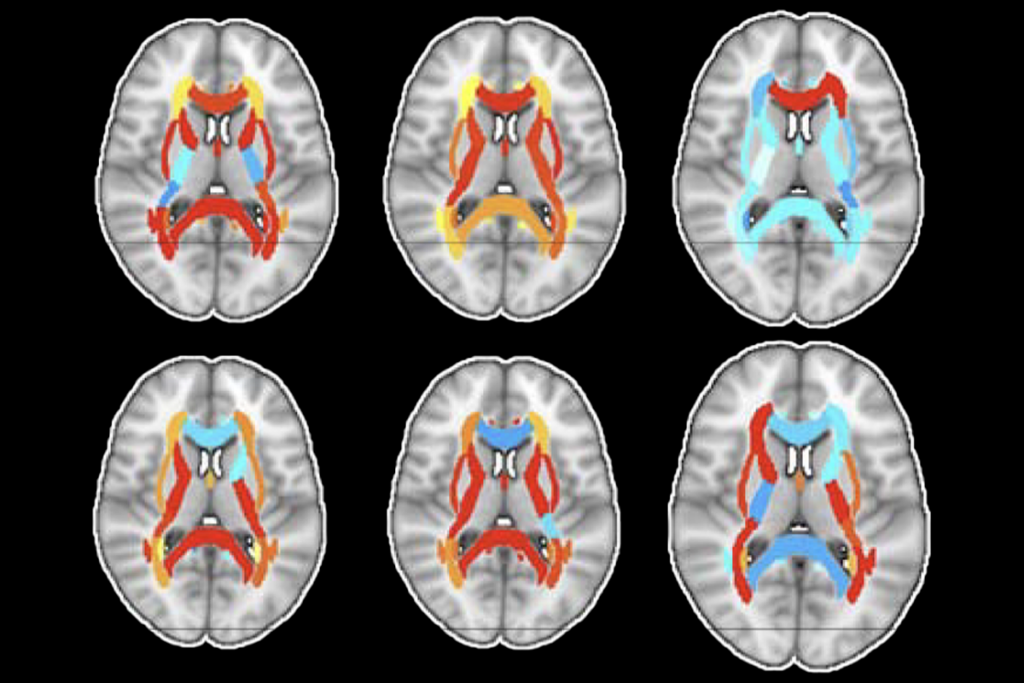Intellectual disability may unmask autism symptoms
The autism-like features seen in related neurological disorders may be the result of intellectual disability and not a shared underlying biology, says Alan Packer.
Over the past two years, SFARI.org has run a series of Viewpoints meant to elucidate what we can learn from various disorders related to autism. Looking back at this collection (highlighted in the adjacent slideshow), it’s clear that there are many ways in which the study of these disorders can inform the broader landscape of autism research.
I’m especially struck by the recurrent argument that insights from studying the neural circuitry in ‘autism-like’ syndromes that result from single-gene mutations may identify similar disruptions in more complex forms of autism. Mustafa Sahin, who wrote about tuberous sclerosis, as well as Jeffrey Neul on Rett syndrome, Andreas Meyer-Lindenberg on Williams syndrome and Benjamin Philpot on Angelman syndrome, all made this point.
This is a perfectly reasonable view, and underlies a great deal of research in the field. But it rests on the assumption that the autism-like features observed in these individuals are the direct result of the causative mutation.
The best analysis of this assumption that I’ve come across is by David Skuse, professor of cognitive neuroscience at University College London1. His opinion, published in 2007 in Trends in Genetics, looks more and more prescient as time goes by and as more data come in.
Skuse’s core argument is that differences in ‘social-cognitive processing’ are relatively common in the general population. But in most cases, these differences do not lead to a diagnosis of autism because individuals with intelligence quotients (IQs) in the normal range can compensate for them.
Individuals with intellectual disability, however, fail to compensate, leading to autism features that are obvious enough to come to clinical attention. Importantly, Skuse emphasizes that intellectual disability and autism may not have common causes, but are associated because the former is a strong risk factor for the latter.
Similar syndromes:
What evidence supports this argument? A 2009 review by Jo Moss and Patricia Howlin lists 21 genetic syndromes for which at least one publication reports an association with autism (almost certainly an underestimate of the number of such syndromes)2.
Using the Skuse model, they ask whether the genetic syndromes that are associated with severe intellectual disability are more likely to be characterized by autism traits than those that are linked to milder intellectual disability. For seven of these syndromes (fragile X, Rett, tuberous sclerosis, Down, phenylketonuria, CHARGE, and Angelman) they conclude that although the degree of intellectual impairment cannot solely account for the associations with autism, there is a significant link between the two.
Other studies also support the notion that the sources of genetic risk for intellectual disability and autism may be largely distinct. For example, Evan Eichler and his colleagues reported earlier this year that as the size of deletions increases, nonverbal IQs decrease, with no impact on autism severity3. Conversely, as the size of duplications increases, autism severity increases, with no effect on nonverbal IQ. These data are from the Simons Simplex Collection, a database of families that have one child with autism and unaffected siblings and parents. (The collection is funded by the Simons Foundation, SFARI.org’s parent organization.)
In a complementary study also published this year, Scott Selleck and his colleagues reported a preferential accumulation of duplications rather than deletions in individuals with autism. These studies suggest that mutations such as duplications that have a more modest impact on expression and function are likely to be associated with autism traits, whereas more severe mutations, such as deletions, are more commonly associated with intellectual disability4. A study published in January also showed that autism may sometimes be the result of the partial inactivation of genes that, when fully inactivated, give rise to more severe disorders5.
Kevin Pelphrey and his colleagues have provided some neurobiological support for Skuse’s suggestion that individuals with normal-range intelligence might compensate for inherited autism risk factors.
In their study of families that have one child with autism, the researchers used functional magnetic resonance imaging to identify a potentially compensatory neural signature unique to unaffected siblings6.
Seen in this light, it seems important to proceed with the effort to identify disrupted molecular pathways and neural circuits in mouse models of genetic syndromes, but to do so with the understanding that the results might be telling us more about the development of general aspects of cognition than about social behavior. Such findings would of course still be of great value, especially if they identify circuits that are implicated in compensatory processes in people.
If the Skuse model turns out to have staying power, where should we look for the genetic variation that is really driving the characteristic features of autism? We know that autism is highly heritable, and some of the recent data cited above suggest that mutations with moderate, rather than severe, impact seem to more closely track with autism severity.
Given that common variants are inherited, abundant, clearly implicated in autism risk7 and tend to have subtle functional effects, I suggest we look there.
Alan Packer is a senior scientist at the Simons Foundation.
References:
- Skuse D.H. Trends Genet. 23, 387-395 (2007) PubMed
- Moss J. and P. Howlin J. Intellect. Disabil. Res. 53, 852-873 (2009) PubMed
- Girirajan S. et al. Am. J. Hum. Genet. 92, 221-237 (2013) PubMed
- Girirajan S. et al. Hum. Mol. Genet. 22, 2870-2880 (2013) PubMed
- Yu T.W. et al. Neuron 77, 259-273 (2013) PubMed
- Kaiser M.D. et al. Proc. Natl. Acad. Sci. USA 107, 21223-21228 (2010) PubMed
- Klei L. et al. Mol. Autism 3,9 (2012) PubMed
Recommended reading

New organoid atlas unveils four neurodevelopmental signatures
Explore more from The Transmitter




